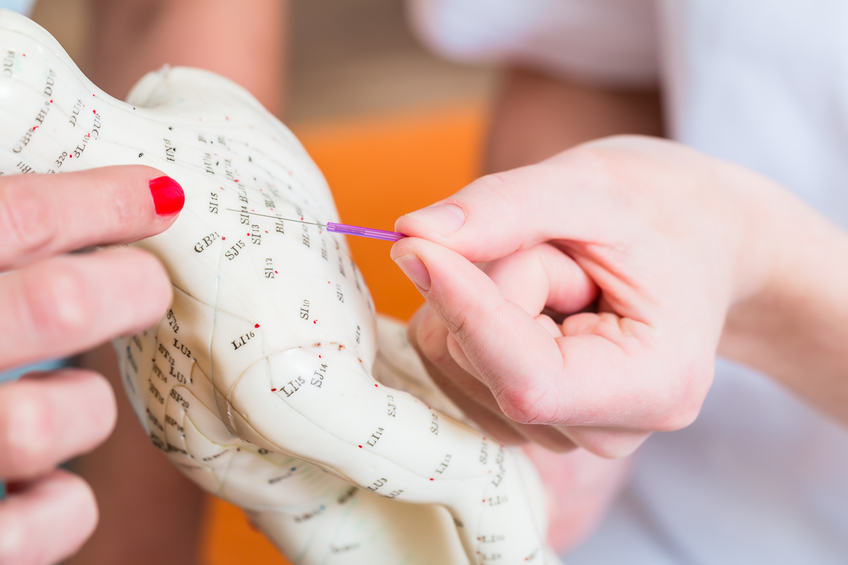Treating Pain with Acupuncture
TREATING PAIN WITH ACUPUNCTURE
Manjusha Ladha, L. Ac.
Increasing western research is acknowledging what eastern doctors and acupuncturists have known all along, that acupuncture is an effective and safe way of treating and managing pain. Meridian theory provides a theoretical construct for using acupuncture to treat pain and other internal issues. Pain is often a meridian issue resulting from stagnation, and the balance method is an effective way of treating pain, although other acupuncture approaches to treat pain are also there. This is a system developed/popularized by the modern day master acupuncturist Dr. Richard Tan. It is based on meridian theory and also draws inspiration from the works of Master Tung, the great twentieth century acupuncturist.
The first step in treating pain using the balance method is diagnosing the sick or the affected meridian (also known as a channel). Visual inspection of the area of pain and feedback from the patient is very important in diagnosing the affected meridian. Pain may be on one or more meridians or it may be in between meridians. The acupuncturist will look for visible signs such as swelling, color changes, stiffness, deformities etc., to determine the sick meridians. Often the patient may be asked to point to the location of pain using one finger. This is helpful in accurately pinpointing the affected meridians. Using multiple fingers or the hand will not give a precise meridian diagnosis, and an accurate diagnosis is essential for good results.
Once the sick meridian has been established, the second step is determining the meridians that balance the affected one. There are six systems of balancing any one meridian, and a given meridian may be balanced by four to six different meridians.
Once a balancing meridian has been selected, the third step is determining the points to be needled. These are determined by palpating for tenderness (acupuncturists call these ashi points) on the balancing meridians. Imaging or mirroring format is used in this process (more on this later.) Dr. Tan named this Acupuncture 1,2,3!
Some change in pain or stiffness is often experienced during the treatment. Needles may be reinserted based on any changes experienced in location of pain. Acute onset pain if treated quickly may be resolved in just one or two treatments. Chronic pain, no doubt, takes longer and a series of regular treatments is required for adequate resolution of symptoms.
So, if you suffer from pain and find yourself taking frequent pain medication- even the over the counter versions of which are not without harmful side effects- then give acupuncture a try. Come experience acupuncture for pain relief and feel relaxed in the process…
Namaste!



